Wars and battles: memorial sites to visit
In this year 2014 where we celebrate the 100th anniversary of the First World War, the 70th anniversary of the landing of Normandy (D-Day), the 150th anniversary of the Secession War in the United States, but also the 25 years of the fall of the Berlin Wall , we thought it would be logical to be interested in battles where so many have fallen for their country and the good cause.
These are battlefields historical are just a few examples of places of recollection to the dead. However, it is the best-preserved sites to discover where the history has taken place.
Normandy, France
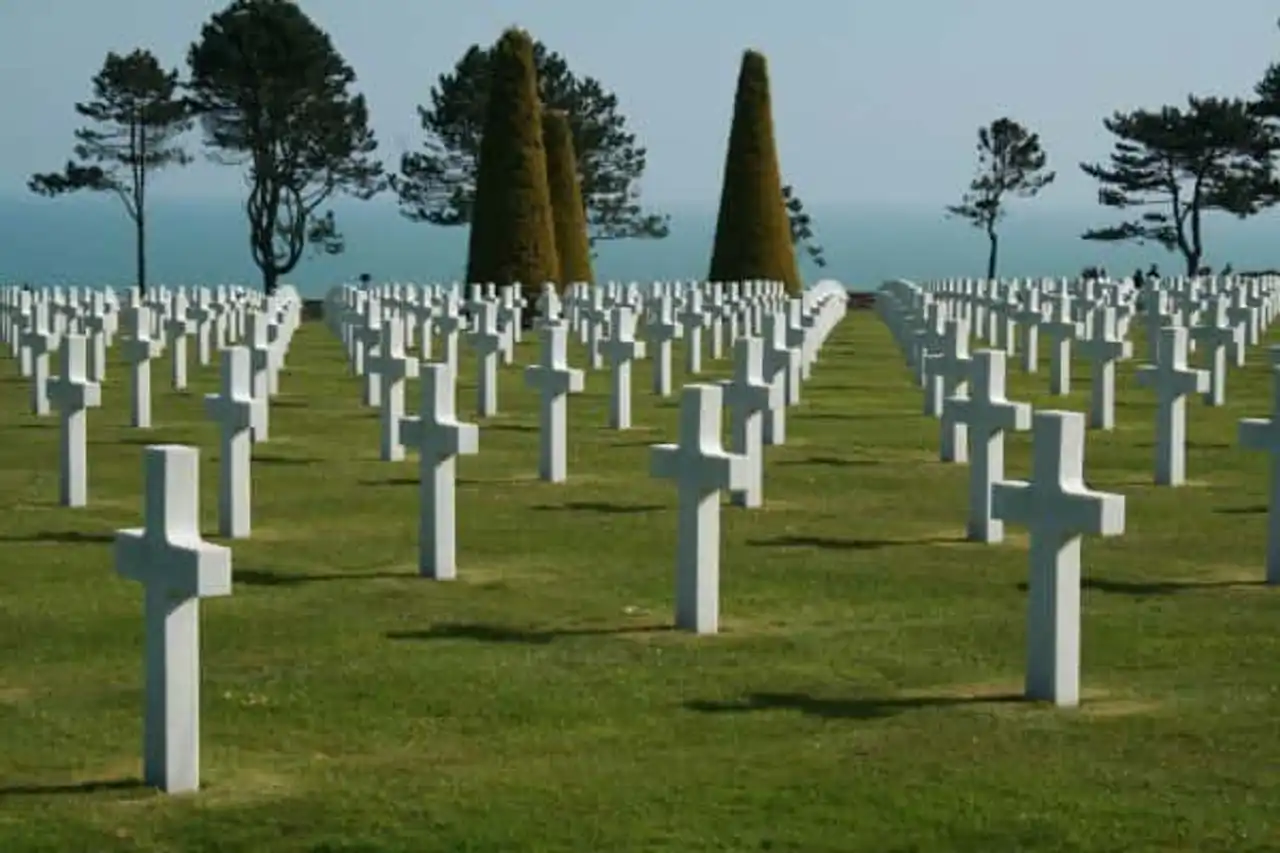
Cemetière américaine de Colleville-sur-Mer – Flickr – Pierre SUCHET
The 6 June 1944 (this year marks the 70th anniversary), some 150,000 British, American and Canadian soldiers landed on the beaches of Normandy, launching the Operation Neptune destined to resume Western Europe in Germany during the Second World War. This invasion was daring and was fatal with at least 12,000 injured allied soldiers, including more than 4,400 dead. Nevertheless, the operation allowed 1 million soldiers to land in continental Europe in less than a month.
Today, around the beaches where the battle raged, you can find many monuments and signs that are used to remind events. There are several Cemeteries for the dead soldiers here who offer a silent but strong testimony with their countless rows of tombstones. Every year on June 6, France marks the anniversary of the invasion by homage to both calm (ceremonies) and animated (defiled, fireworks). Throughout the year, tourists from allied countries come to collect on these places to the historical past.
Flanders, Belgium
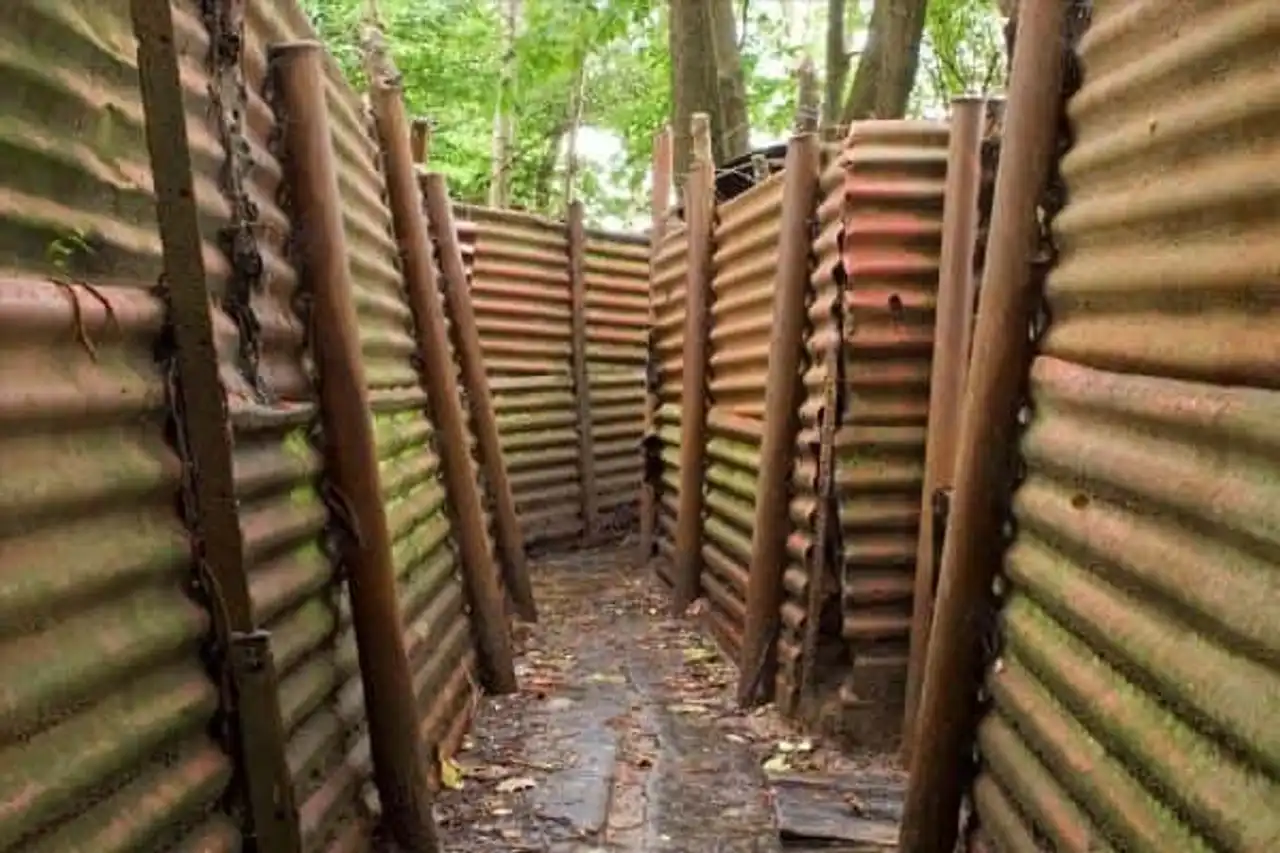
Fotopedia – Anthony Dodd
During the First World War, more than 1 million soldiers were injured, disappeared or died in the War of trenches which raged through the Eastern and Western Flanders in Belgium, as well as in the Nord-Pas-de-Calais in France (known as the French Flanders).
Ypres In particular, was the site of one of the largest and most brutal battles of this war against the British, French, Canadian and Belgian forces against the German troops working west. During these fighting in this region, the first use of gas (gaz mustard) in the war took place, with devastating effects. During a strategic offensive to use the high tide, the allies pushed the Germans back for good.
A Canadian soldier fighting in the Second Battle of Ypres wrote the poem In Flanders Field after the funeral of a comrade who died in the battle. The poem, which describes the poppies on the field leads to the adoption of this flower as the symbol of the Remembrance Day (Day of Remembrance), particularly in the United Kingdom and Canada. Cemeteries and battlefields, some of which have preserved their trenches, are the last memory all that took place in this region.
Old Fort Erie, Fort Erie, Ontario, Canada
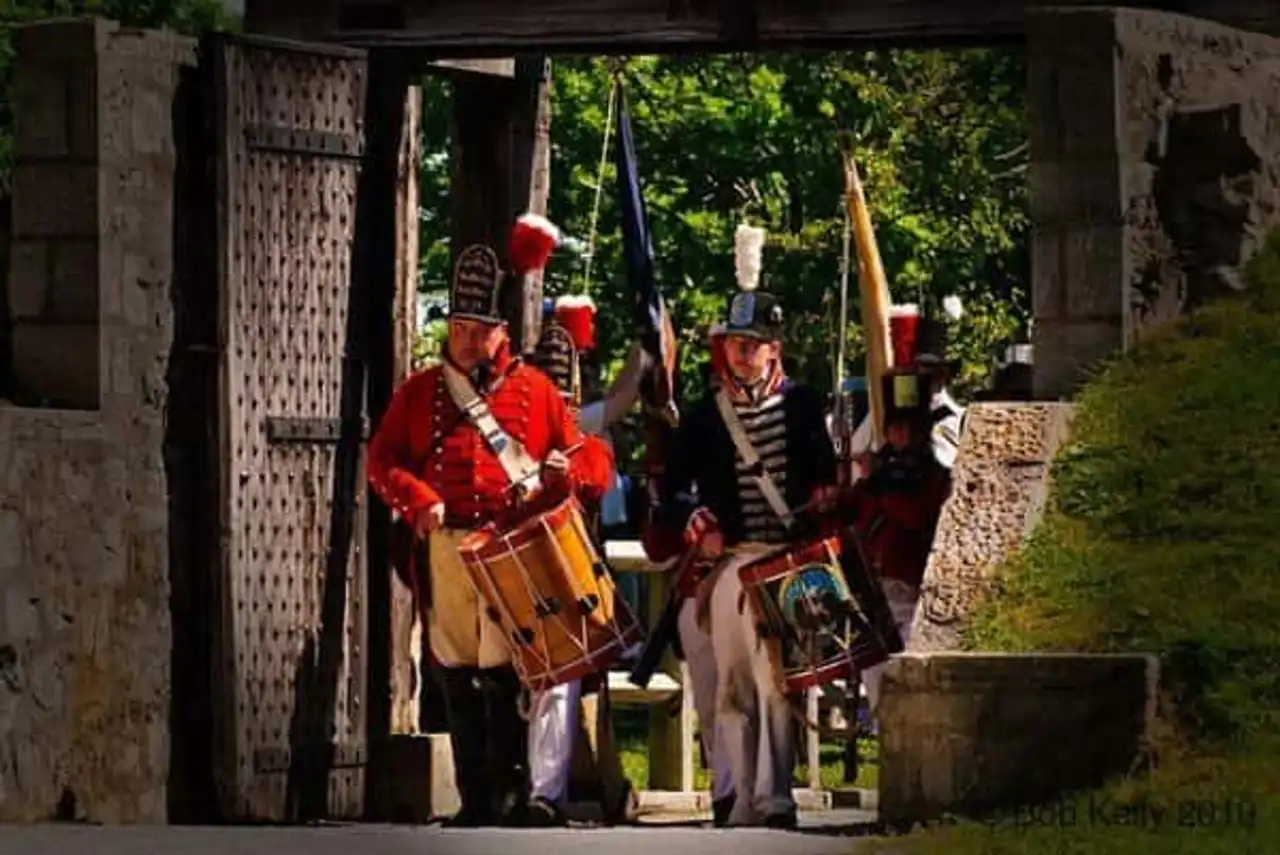
Flickr – Bob Kelly
In the War of 1812 (which lasted until 1814), the United States and Great Britain fought. The border between the United States and Canada, at the time a British colony, became a war front, and Fort Erie and its surroundings were at the centre of the action. Today you can see the barracks of the soldiers, the beams and a myriad of fortifications as well as demonstrations of musket shots. Every summer there is also a reconstruction of the fort's seat. This year, the 200th anniversary celebration will take place on 9 and 10 August 2014.
Gettysburg, Pennsylvania, United States
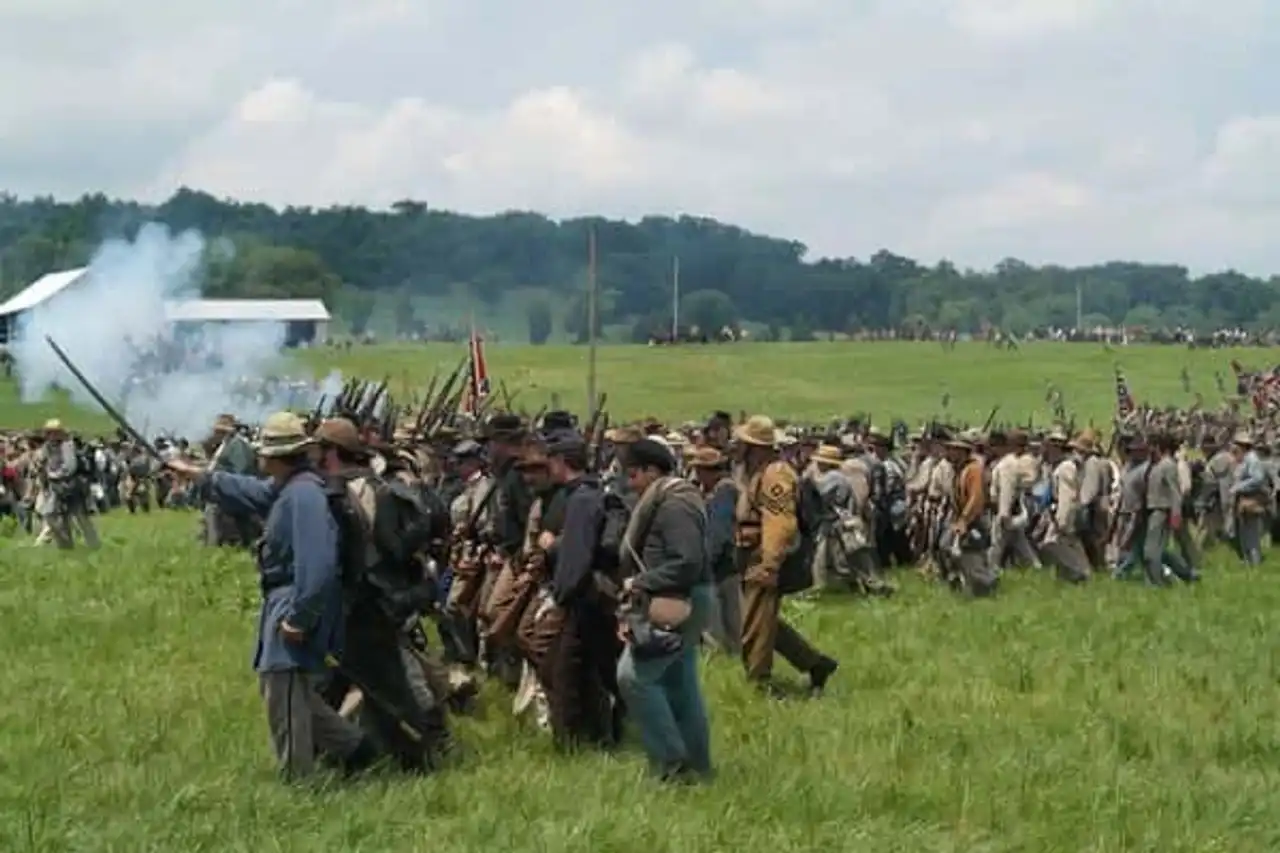
Reconstitution – Flickr – S Pakhrin
Often considered the turning point of the Secession War, Three-day battle of Gettysburg (from 1 to 3 July 1863) was the bloodiest of the American civil war with more than 51,000 injured, killed, captured or missing. The city of Gettysburg literally embraced its place in history by keeping such a national park the place of this terrible struggle. Guided tours, live history courses and nearly 1,400 statues, sculptures and landmarks tell the story of the battle and the time. However, the most "real" way to relive this battle is the annual reconstruction, scheduled this year from July 4 to 6.
Gallipoli Peninsula, Turkey
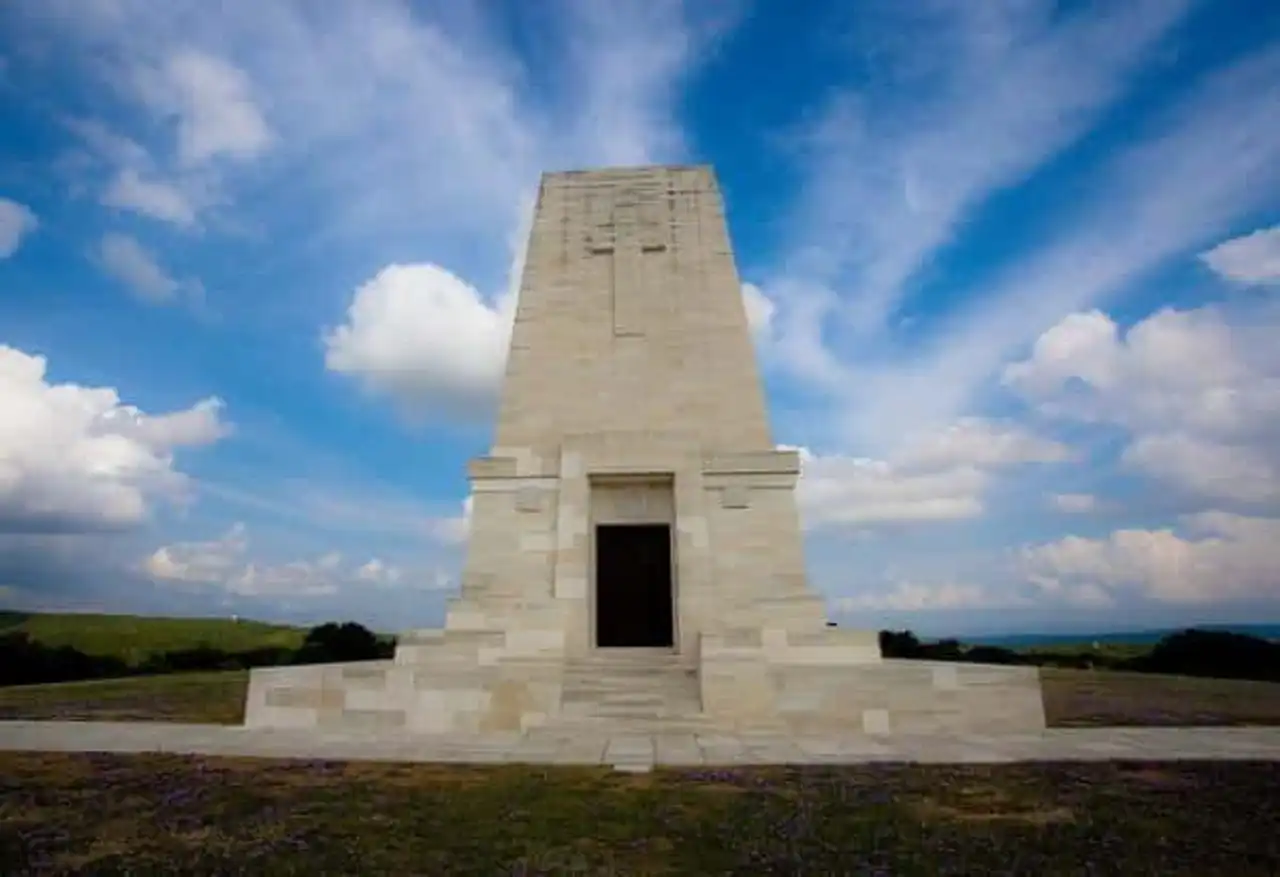
Flickr – Esther Lee
The Battle of the Dardanelles opposed the Ottoman Empire to the British and French troops on the Gallipoli peninsula in Turkey. This battle took place several months from April 25, 1915 to January 9, 1916 and was very bloody with nearly 100,000 deaths. The British army included in its ranks Australians and New Zealanders, and every 25 April, the British Army was commemorated. ANZAC Day .
Next year will mark the 100th anniversary of the invasion, and a major event will be planned on this occasion, especially for Australians and New Zealanders. The victory by the Ottomans is also cited as a driving force for the Turkish independence war that followed, while the suffering of the Irish volunteers of the British army helped Ireland’s autonomy afterwards.
Guam, Pacific Ocean, United States
This Mariana island was an American territory since 1899, which was attacked by the Japanese, a few hours after the bombing of Pearl Harbor which led America into the Second World War. The weak presence of the US Navy was surprised in a few days, marking a short first battle in Guam.
Guam remained under Japanese domination for two and a half years until July 44. At that time, Japan was losing ground in the Pacific and the United States moved on to Guam to return to this strategic point in air and naval support as part of future operations. In this Second Battle of Guam , the American troops landed on the beaches on both sides of an aerodrome. The Japanese fought to death in the jungle of the island until the United States declared the island secure.
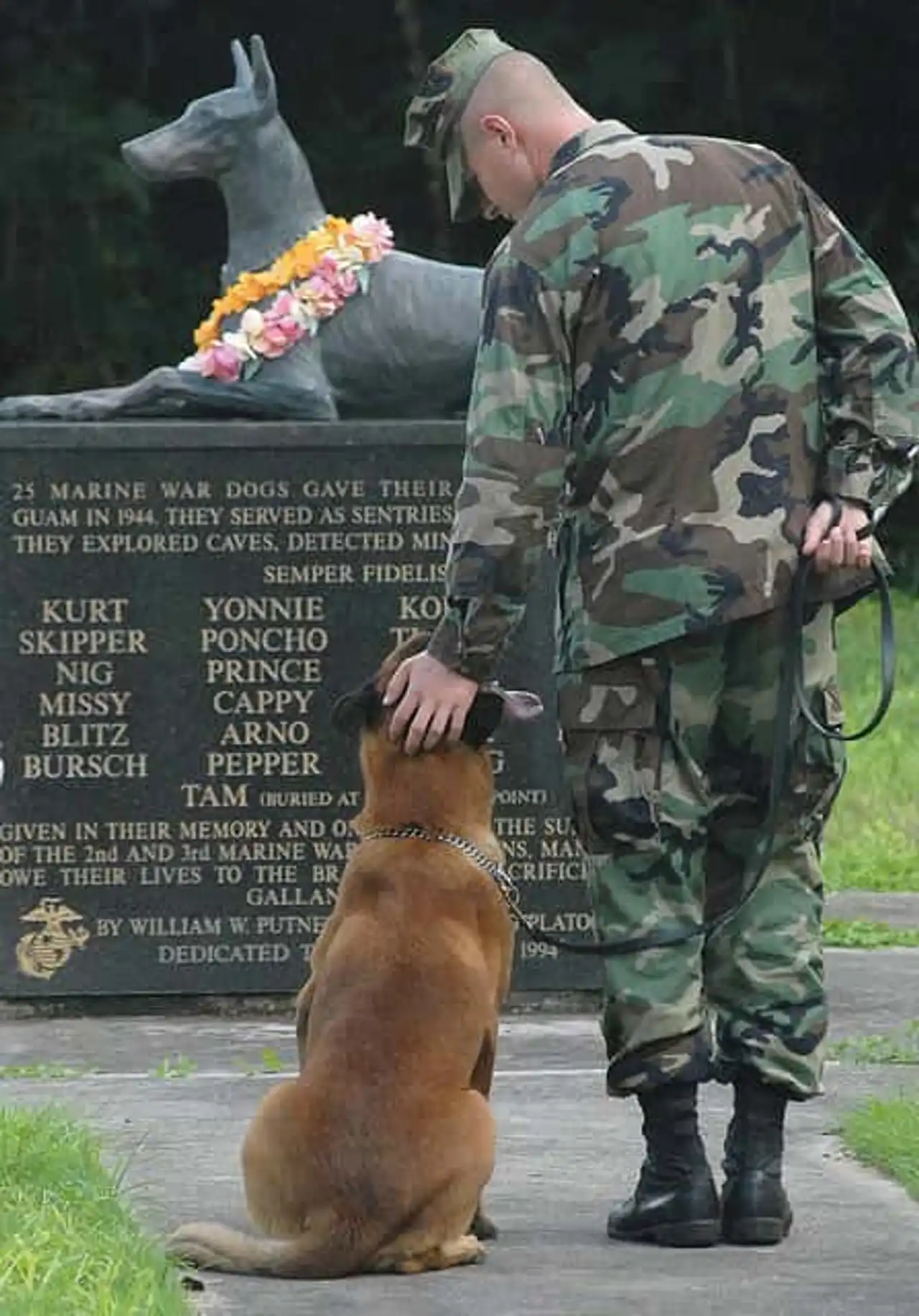
Flickr – Beverly & Pack
Guam remains an American territory as are all Mariana Islands. The United States created the War in the Pacific National Historical Park , which consists of seven sites around the island where fighting raged. Fortresses, trenches, weapons and others are still present in the fighting that took place on the island and throughout the South Pacific. There are also many monuments such as those for dogs who have "fighted" here.
Battle of Hastings, Battle, England
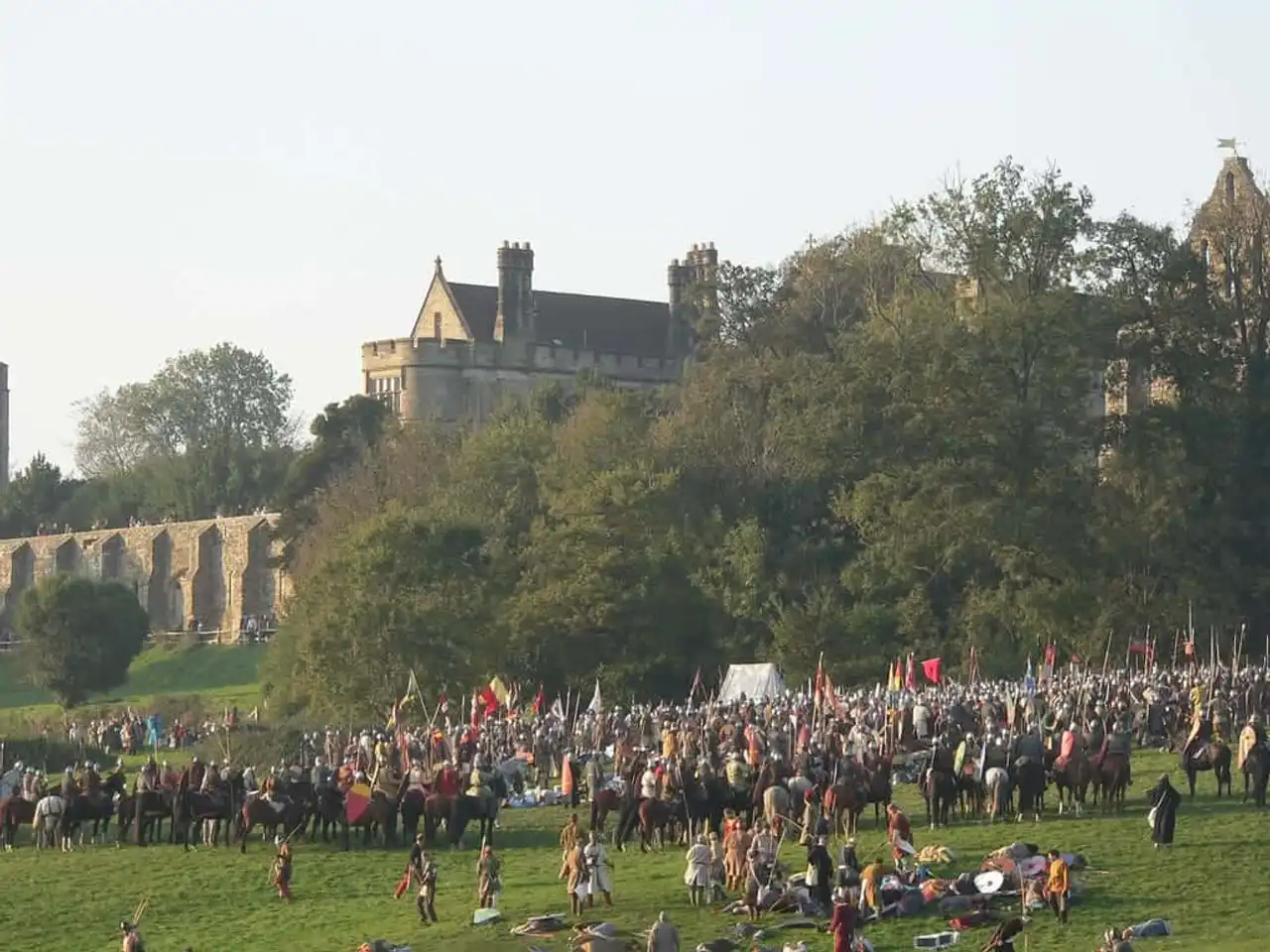
Flickr – Snake3yes
In 1066, a crisis of succession appeared in England after the death of King Edward the Confessor. Although King Harold II ascended to the throne, the invasion by the Duc Guillaume II of Normandy (Guillaume the Conqueror) quickly followed. The most important battle in the conquest of England by William broke out on October 14, 1066. It’s at Battle that King Harold and his troops aligned themselves up the hill of Senlac to face the Norman army.
The one-day battle ended when King Harold was killed. William the Conqueror walked to London, becoming King William I of England, ending the Anglo-Saxon rule. On site, the Battle abbey was built on the very site of the battle with the altarmaster at the exact place where King Harold died. The English heritage now manages the site of the battlefield as a protected historic site. A centre for visitors offers a film and exhibitions that relate this conquest with an audio guide. A reconstruction takes place every year on October 14.
Battle of Big Hole, Montana, United States
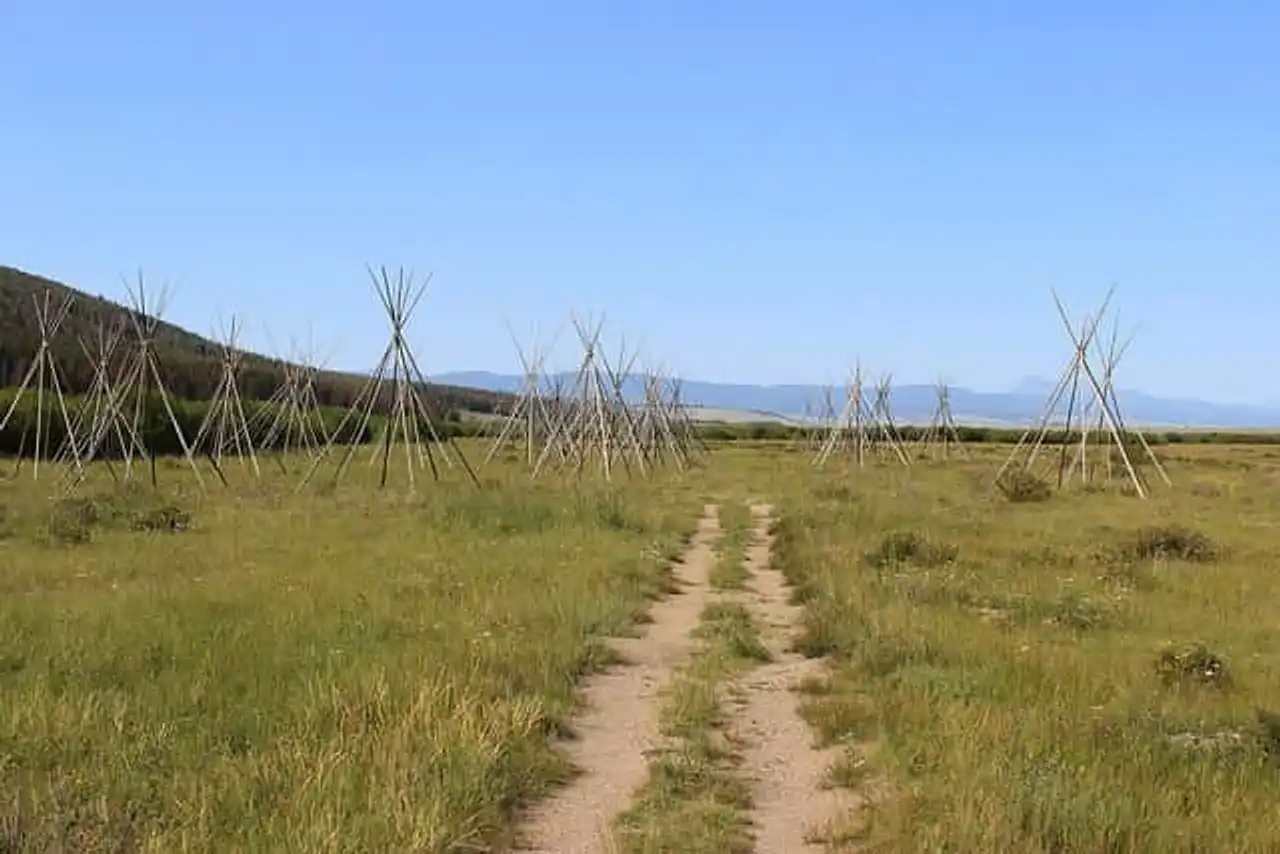
Flickr – AllAroundTheWest
On August 9, 1877, a battle took place during the Nez-Percé war . It opposes an Indian camp of 800 inhabitants (including only 200 warriors) to 200 American soldiers under the command of Colonel John Gibbon. The American attack causes many victims among women and children, but the very effective resistance of the Indian warriors allows the majority of them to escape and push the Blue Tunics.
The Big Hole National Battlefield is managed by National Park Service and has exhibitions. Guided (or unguided) tours are offered to discover the places of the battle. There are monuments to the dead on both sides belligerent and Nez-Percé camp. An annual commemoration, directed by the Nez-Percés, takes place every month of August.
Battle of Culloden, Scotland
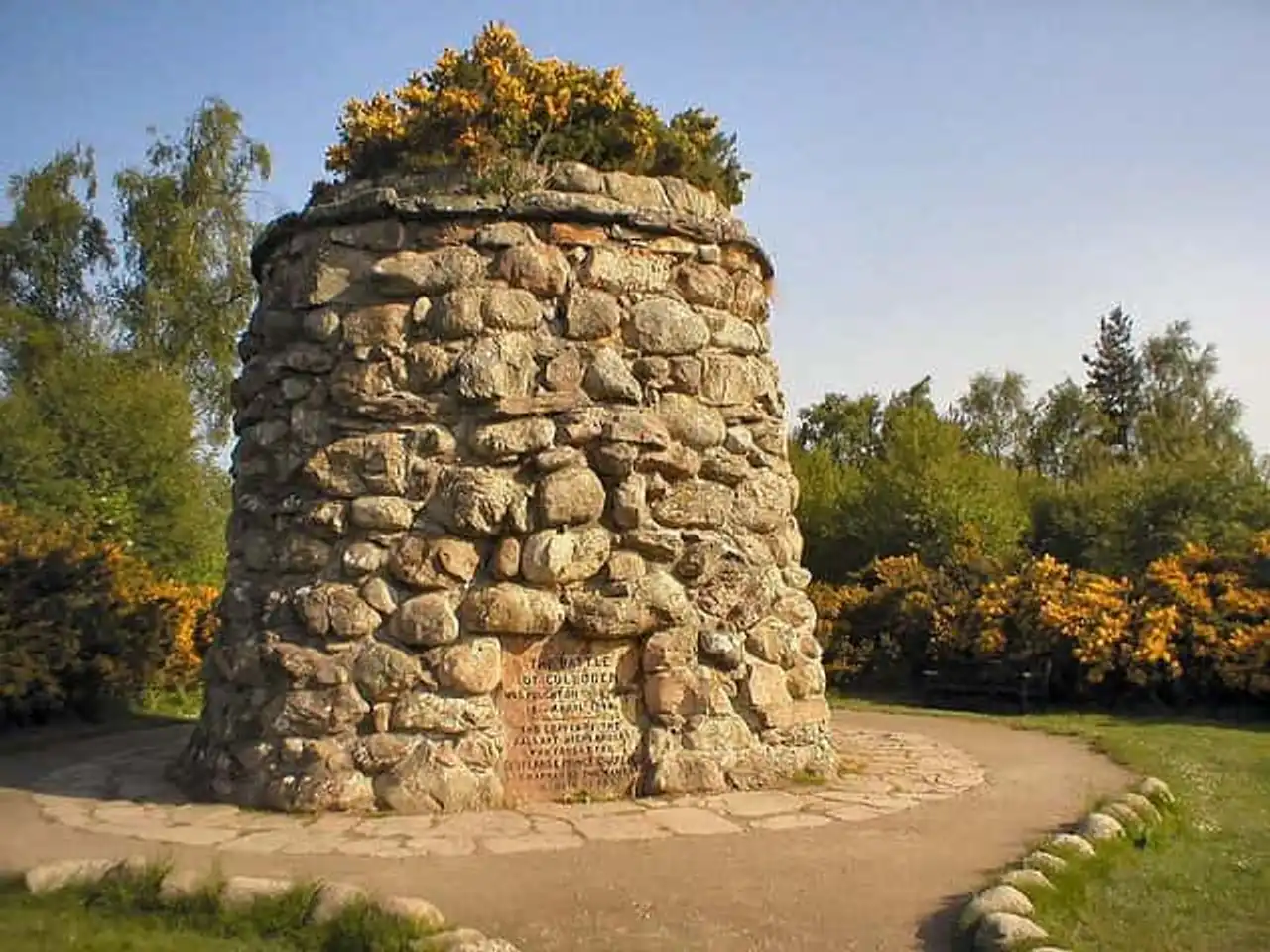
Flickr – Danie van der Merwe
The Battle of Culloden was the last attempt to relocate the Stuarts to the throne of Scotland in 1746. Charles Edward Stuart and his Highlanders were defeated by the Duke of Cumberland and his English troops. On the battlefield, many monuments and tombstones commemorate the fallen men in battle. It is a place of toll for the Scottish, among others. A museum commemorates this battle.
Battle of Caporetto, Dolomites, Italy
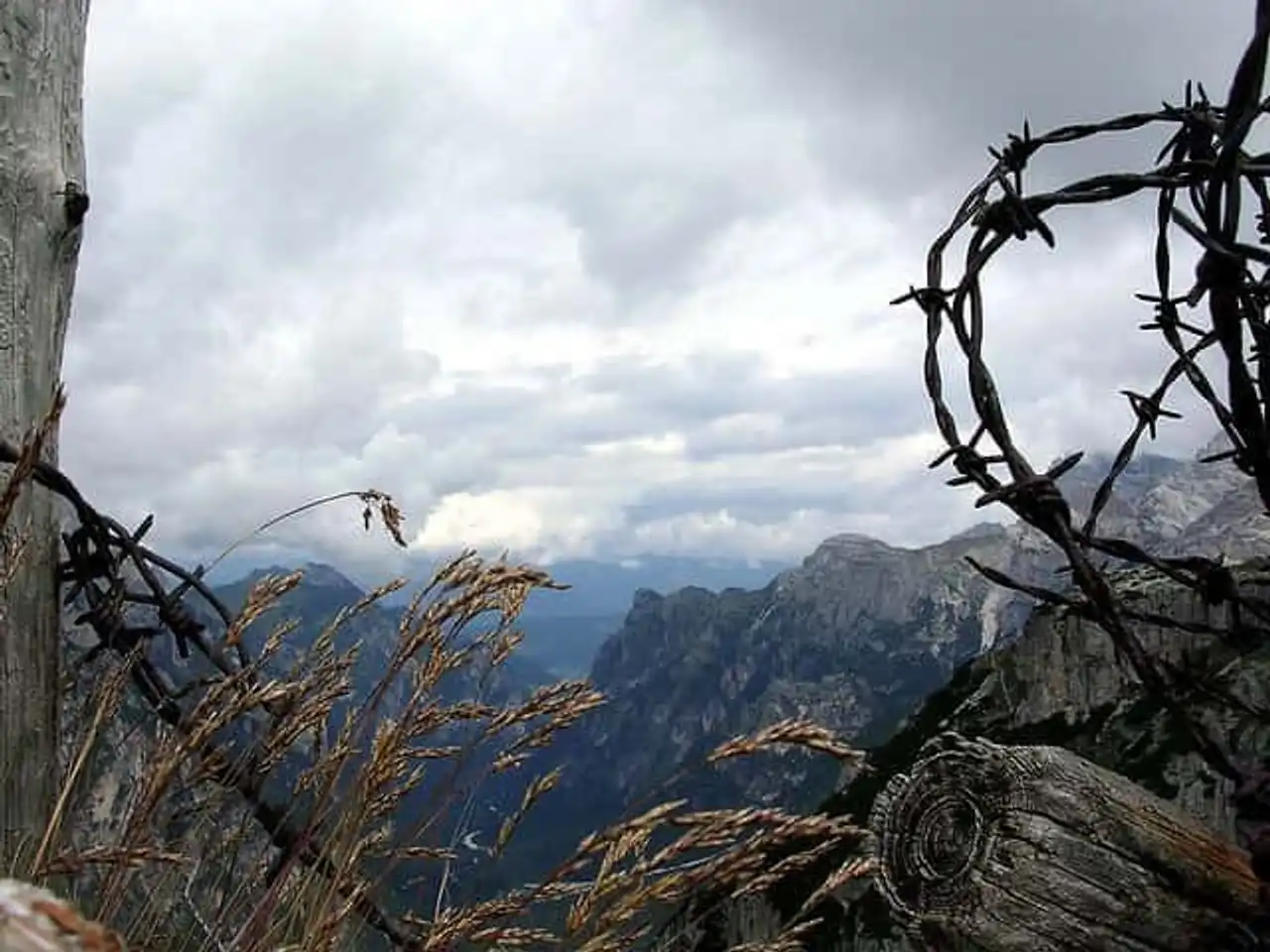
Flickr – khyes
This steep mountain range of the Dolomites, served as a front line for Italy and Austria-Hungary during the First World War. For four years, a number of battles took place on this very difficult terrain, costing the Italians the loss of about 30,000 men (killed and wounded) and 20,000 for the Austro-Hungrois.
Most of the fighting looked like a war of trenches with maneuvers in the heights of the mountain. Today, many tunnels, caves and fortifications designed during the battle remain in the Dolomites. Hiking, skiing and climbing tours are offered to explore the old front line in this mountainous landscape. An outdoor museum Lagazuoi 5 Torri offers galleries and trenches where scenes of everyday life are reconstituted, with objects and weapons used to defend and attack. You can access it by chairlift or by footpaths.
Do you know other places of battle that deserve a visit?
Sources: Wikipedia , Cheapflights







Loading comments ...